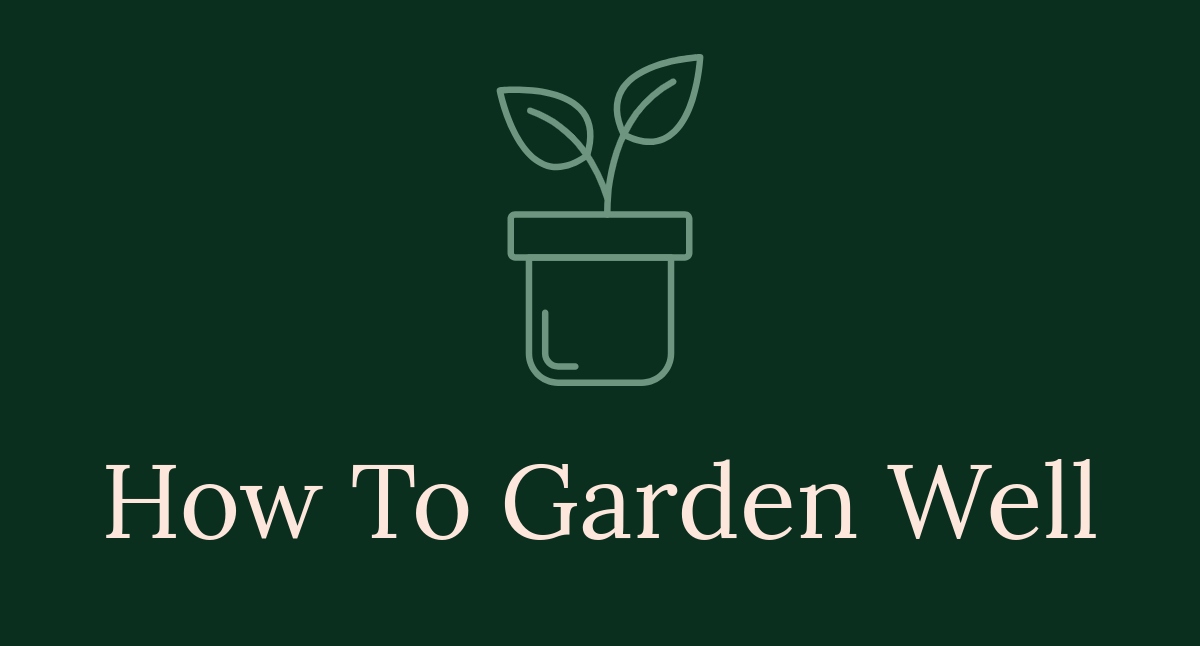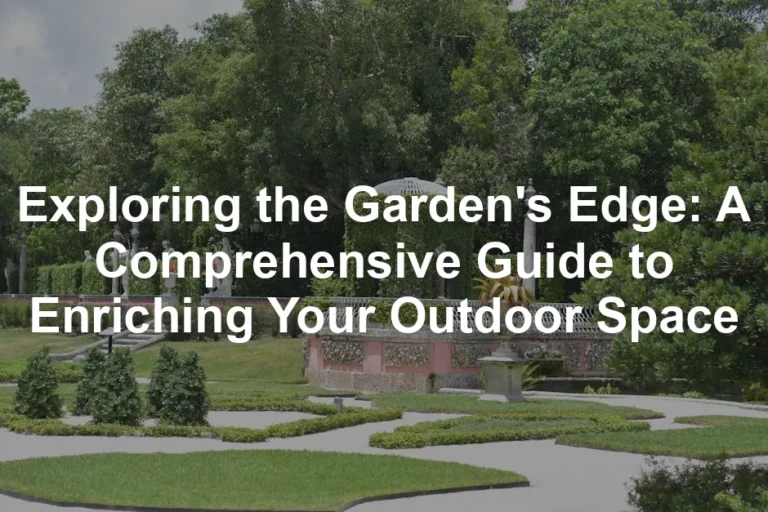
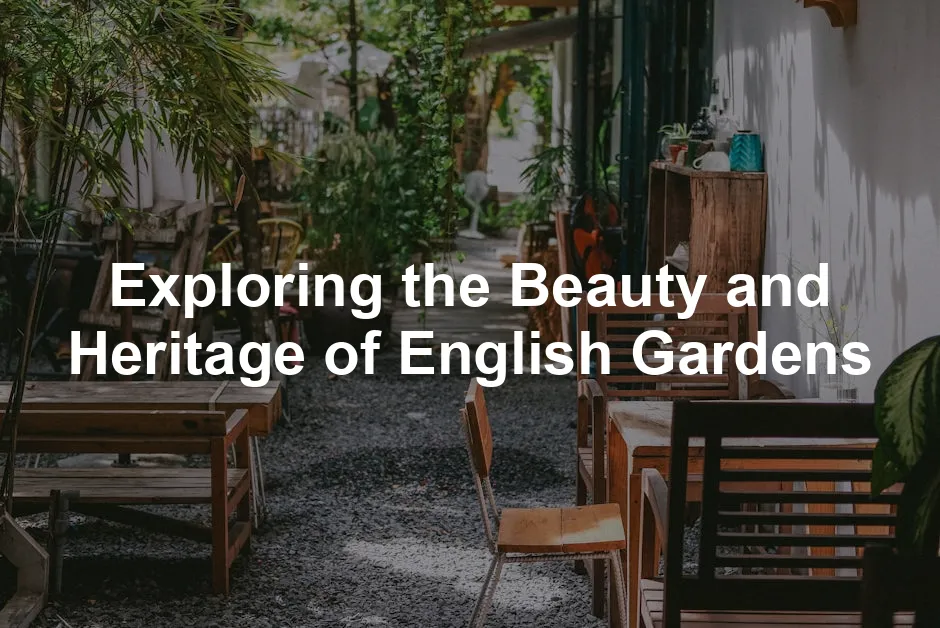
Exploring the Beauty and Heritage of English Gardens
Introduction
English gardens hold a cherished place in gardening culture. They beautifully blend aesthetics with nature. With roots stretching back centuries, these gardens reflect history and an appreciation for natural beauty. In this article, we’ll uncover the unique elements that make English gardens truly special.
Before diving deeper, you’ll want to protect your hands from dirt and thorns. Grab a pair of gardening gloves that are as durable as they are stylish. Trust me, your hands will thank you later!
Summary and Overview
English gardens are defined by their informal layouts and diverse plantings. Originating in the 18th century, they evolved from structured designs to more naturalistic styles. Pioneers like Capability Brown emphasized the importance of integrating gardens with their surroundings.
Common features include winding paths, mixed borders, and focal points that draw the eye. These gardens often celebrate seasonal changes, showcasing flowers, foliage, and fruits year-round. The cultural impact of English gardens is significant, influencing gardening practices globally. Their popularity endures, inspiring gardeners in various regions to adopt similar principles.
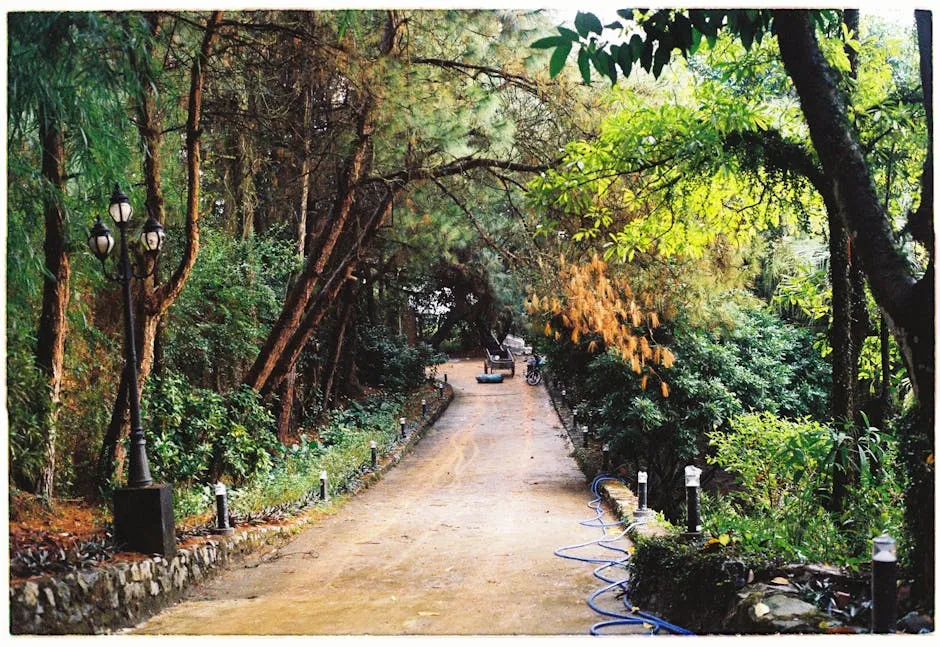
In landscape architecture, English gardens highlight the relationship between design and nature. They encourage an organic approach, inviting exploration and enjoyment. Today, the influence of English gardens can be seen in contemporary gardening techniques, promoting biodiversity and sustainability.
To enhance biodiversity in your garden, consider exploring ways to support local insects. how to enhance biodiversity in your garden for insect support
The History of English Gardens
Origins and Evolution
English gardens began to take shape in the 18th century. During this period, gardening moved away from strict formal designs. Instead, it embraced a more natural look. One of the key figures in this transition was Capability Brown. He transformed many estates, emphasizing sweeping lawns and picturesque landscapes. His vision encouraged the integration of gardens with their natural surroundings. This shift marked a significant change in garden aesthetics. It reflected a growing appreciation for nature’s beauty. The focus was on harmony and a less rigid layout, allowing gardens to flow seamlessly into the landscape.
To help with your own landscape, consider investing in pruning shears. They’re essential for keeping your plants in check and ensuring that your garden looks as stunning as it should!
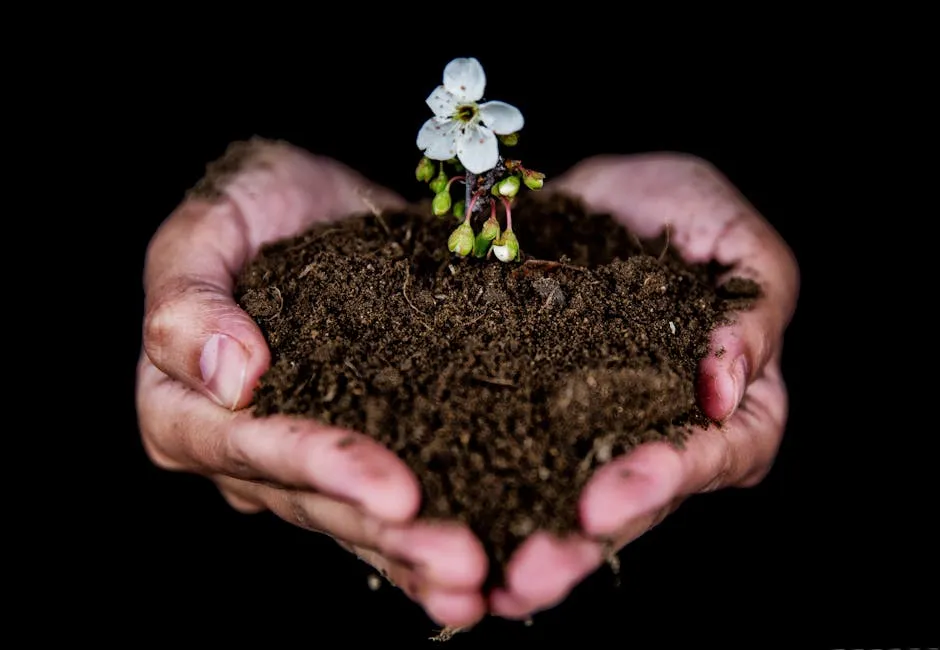
Key Developments
Over the centuries, English gardens evolved through various cultural influences. The Victorian era, in particular, brought intricate designs and vibrant plantings. Gardens became an expression of personal style and social status. During this time, the introduction of exotic plants expanded the palette for gardeners. Movements like Arts and Crafts emphasized craftsmanship and the beauty of native plants. This period highlighted the importance of sustainability in design. By blending natural elements with artistic touches, these gardens captured the essence of their time. The legacy of these developments continues to influence modern gardening practices today.
Characteristics of English Gardens
Design Principles
English gardens stand out due to their unique design principles. One key element is asymmetry. Unlike formal gardens, English gardens often feature uneven layouts that mimic nature. This approach creates a more organic feel, inviting exploration. Naturalism is another principle, emphasizing plants that thrive in the local environment.

Focal points play a crucial role in these gardens. These can be anything from a stunning tree to a beautiful statue. Vistas, or long views, guide the eye through the landscape. Together, these elements create a harmonious space that feels both inviting and alive.
Plant Selection
When selecting plants for an English garden, variety is essential. Perennials are popular, adding color and texture throughout the seasons. Shrubs offer structure and year-round interest, while trees provide shade and focal points.
Seasonal interest is crucial, too. Think of blooming flowers in spring, lush greenery in summer, and vibrant foliage in autumn. This diversity not only enhances beauty but also supports local wildlife, promoting biodiversity. By choosing a mix of plants, you create a rich tapestry of life in your garden.
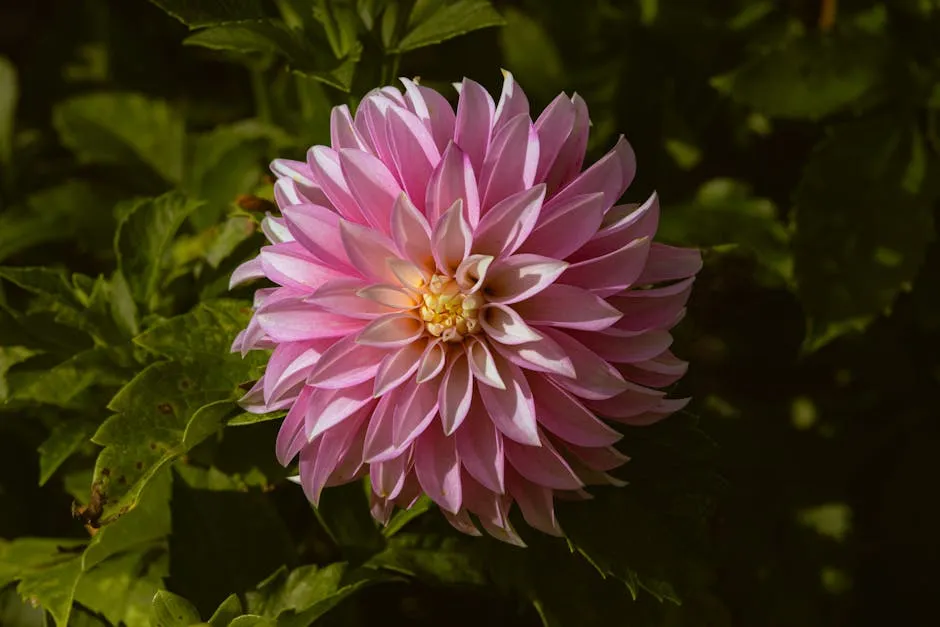
Selecting the right plants can greatly benefit local wildlife. Discover the best native plants for attracting local wildlife. Best native plants for attracting local wildlife
Popular Types of English Gardens
Cottage Gardens
Cottage gardens are a delightful representation of English gardening. They embody a charming, informal style, often appearing wild yet carefully curated. Typically, these gardens feature a mix of flowers, herbs, and vegetables.

Common plants include roses, foxgloves, and hollyhocks, creating a vibrant palette. The design often includes winding paths, rustic fences, and colorful borders. This informal layout encourages a sense of coziness and warmth. With their eclectic mix and inviting atmosphere, cottage gardens truly capture the essence of English gardening.
Formal Gardens
Formal English gardens are a feast for the eyes. They feature symmetry, structured layouts, and precise geometric shapes. These gardens often include carefully trimmed hedges and meticulously shaped flower beds. The overall design creates a sense of order and elegance.
One of the most famous examples is the gardens at Versailles in France. While French in origin, they heavily influenced English garden design. Closer to home, the gardens at Chatsworth House showcase stunning parterres and impressive fountains. Another notable example is the gardens at Hampton Court Palace, which feature intricate knot gardens. These spaces invite visitors to stroll and enjoy the beauty of nature in a highly organized setting.
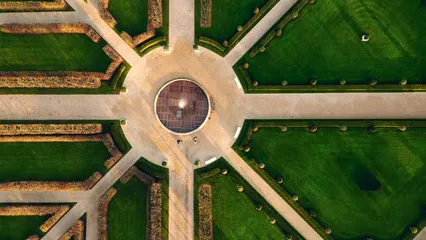
Urban English Gardens
Urban settings often embrace elements of English gardens, creating green oases in bustling cities. These gardens bring nature closer to residents, providing a peaceful retreat. Many urban areas now feature community gardens, where locals can cultivate their own plants.
These gardens promote sustainability and biodiversity while fostering community spirit. They allow people to connect with nature and each other. Urban English gardens can transform vacant lots into lush spaces filled with flowers, vegetables, and herbs. This not only enhances aesthetics but also supports local wildlife. With more cities adopting this approach, urban English gardens are becoming vital components of urban life.

Notable English Gardens Around the World
Kew Gardens, London
Kew Gardens is a UNESCO World Heritage Site, renowned for its botanical collections. Located in London, it spans over 300 acres and houses more than 50,000 living plants. This garden plays a crucial role in plant conservation and education.
Visitors can explore stunning glasshouses, such as the Palm House, which showcases exotic plants. The Treetop Walkway offers a unique view of the garden from above. Kew Gardens also features historical structures, including the iconic Kew Palace. This blend of natural beauty and history makes it a must-visit destination for garden enthusiasts. Its significance in promoting biodiversity and research is unmatched, ensuring that Kew Gardens remains a vital part of global botanical heritage.

The Royal Botanic Garden, Edinburgh
The Royal Botanic Garden in Edinburgh is a treasure trove of history and biodiversity. Founded in 1670, it began as a physic garden for medicinal plants. Over the centuries, it evolved into a global hub for plant science and conservation. Today, the garden spans over 70 acres and features more than 13,000 plant species.
Visitors can wander through various themed areas, from the serene rock garden to the stunning glasshouses that showcase tropical plants. The garden plays a crucial role in conservation efforts, focusing on protecting endangered species and promoting plant diversity. They also engage in educational programs, offering workshops and guided tours that inspire future generations of gardeners and botanists.
By combining history with a commitment to conservation, the Royal Botanic Garden serves as a living museum, showcasing the beauty and importance of plant life in our ecosystem.
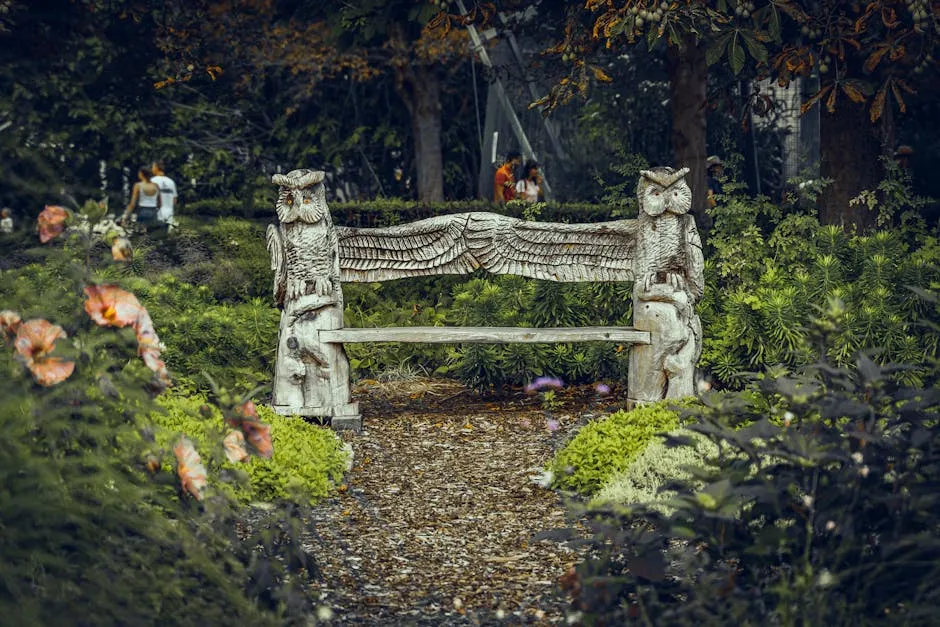
Other Famous Gardens
Several notable gardens across England also capture the charm of English garden design. Sissinghurst Castle Garden, created by writer Vita Sackville-West, is famous for its vibrant color schemes and distinct “garden rooms.” Each area is carefully designed to evoke different moods and feelings, inviting exploration.
Hidcote Manor Garden stands out for its intricate layout and artistry. It features a series of outdoor rooms filled with diverse plant selections that change with the seasons. Both gardens exemplify the principles of English garden design, focusing on beauty, structure, and the interplay of plants and landscape.

These gardens not only offer breathtaking views but also serve as historical landmarks, reflecting the legacy of English gardening traditions. Each visit becomes a reminder of the creative possibilities within our own gardens.
Maintenance and Care of English Gardens
Seasonal Care
Maintaining an English garden requires attention throughout the year. In spring, focus on planting new flowers and shrubs. This is also the perfect time to prune back overgrown plants and encourage healthy growth. Summer brings the need for mulching to retain moisture and suppress weeds.
As autumn arrives, it’s essential to clean up fallen leaves and prepare the garden for winter. Adding compost enriches the soil, ensuring it remains healthy. Pest control becomes crucial at every stage, using natural methods whenever possible. This holistic approach ensures your garden not only survives but thrives through the changing seasons.
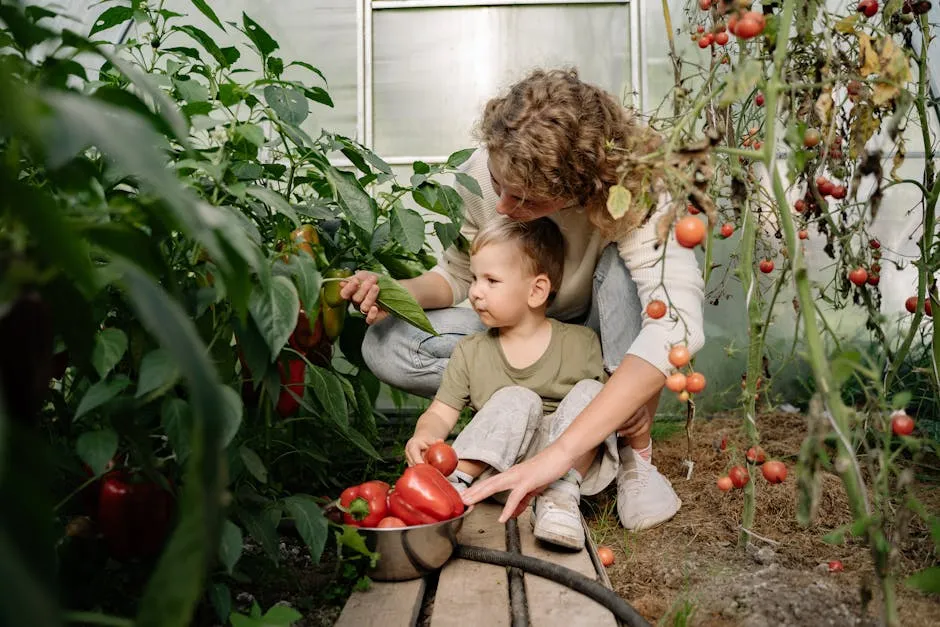
If you want to kickstart your composting journey, check out this compost bin. It’s a fantastic way to recycle organic waste and enrich your garden soil!
Implementing composting techniques can greatly enhance your garden’s health. Learn more with this Guide to composting in small backyard spaces.
Sustainable Practices
Sustainable gardening practices are vital for nurturing English gardens. Start by incorporating composting into your routine. This reduces waste and enriches the soil with nutrients. Using native plants is another excellent way to promote biodiversity and support local wildlife.
Consider rainwater harvesting to irrigate your garden, minimizing reliance on municipal water supplies. Additionally, avoid chemical pesticides. Instead, opt for natural alternatives that protect beneficial insects. These eco-friendly practices ensure your garden flourishes while contributing positively to the environment.
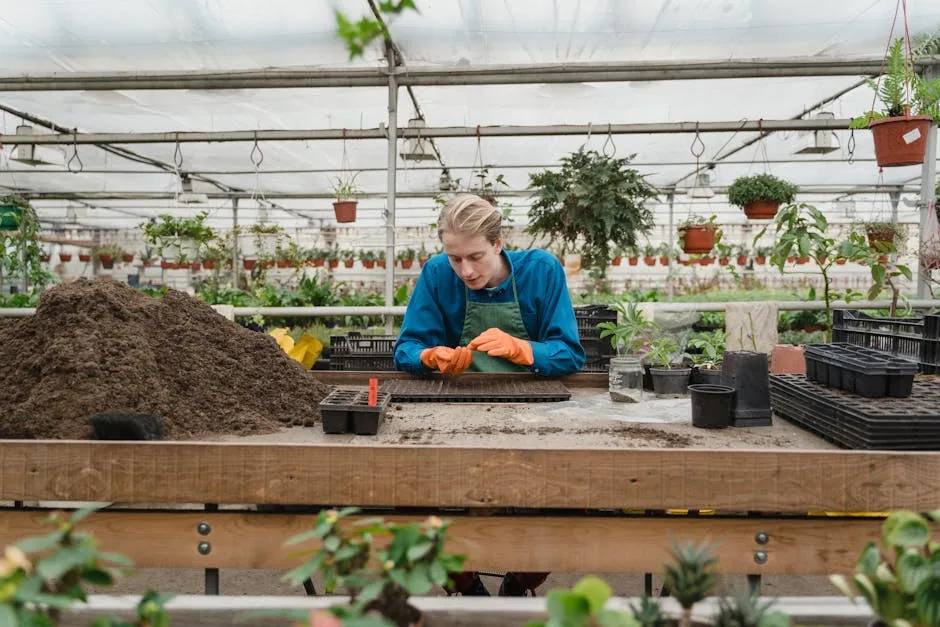
And don’t forget to have fun with your gardening! Brighten up your space with some outdoor solar garden lights. They’ll not only illuminate your garden but also add a magical touch for evening enjoyment!
Conclusion
English gardens embody charm, history, and a deep connection to nature. From the Royal Botanic Garden to famous sites like Sissinghurst, each space tells a story. By embracing sustainable practices and seasonal care, anyone can create their own slice of this enchanting gardening tradition.
For those looking to keep track of your gardening journey, a gardening journal can be a great companion. Document your progress, plan your plantings, and reflect on your successes!
Please let us know what you think about our content by leaving a comment down below!
Thank you for reading till here 🙂
All images from Pexels
